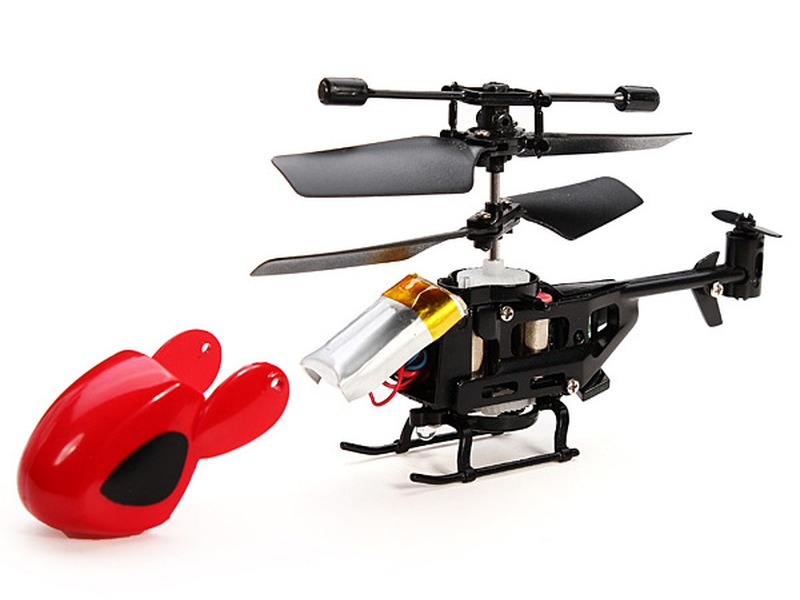Can a helicopter fly in the rain?

Yes, a helicopter can fly in the rain. Helicopters are designed to fly in all types of weather conditions and can take off and land in rain, snow, and fog. However, flying in the rain can be a challenging task, and pilots must take extra precautions to ensure their safety and the safety of their passengers.
When flying in the rain, visibility can be greatly reduced, making it difficult to see terrain or other aircraft. To help with this, pilots will often fly at a higher altitude than normal so they can better see their surroundings and avoid obstacles. Additionally, they will use special instruments to help them navigate in low visibility conditions.
Rain can also cause turbulence, which can be dangerous for helicopters. Turbulence can cause the helicopter to lose control and spin or roll, leading to a crash. To avoid this, pilots must be aware of the weather conditions before they take off and be prepared to take evasive action if necessary.
Rain can also cause icing on the blades of the helicopter, which can reduce the lift generated by the blades and cause the aircraft to descend. To avoid this, pilots must use de-icing systems and fly at higher altitudes. Additionally, they must be prepared to land quickly if the aircraft begins to descend too quickly.
Finally, rain can cause the engine to overheat, leading to engine failure. To avoid this, pilots must be aware of the temperature of the engine and take extra precautions, such as avoiding flying in the rain for extended periods of time.
In conclusion, helicopters are designed to fly in all types of weather conditions and can take off and land in rain, snow, and fog. However, pilots must take extra precautions and be aware of the dangers associated with flying in the rain. They must be prepared to take evasive action if necessary, use de-icing systems, and avoid flying in the rain for extended periods of time.
Comments / Question
1. Reduced visibility due to rain and fog.
2. Reduced lift due to wet air.
3. Increased risk of icing.
4. Increased risk of hydroplaning.
5. Increased risk of lightning strikes.
6. Increased risk of turbulence.
7. Increased risk of engine failure due to water ingestion.
8. Increased risk of rotor blade damage due to rain and hail.
9. Increased risk of skidding and sliding due to wet surfaces.
10. Increased risk of losing control due to reduced visibility.
2. Reduced performance: Rain can reduce the performance of the helicopter, making it difficult to control and maneuver.
3. Increased turbulence: Rain can create turbulence, making it difficult to maintain a stable flight path.
4. Reduced engine performance: Rain can reduce the performance of the engine, making it difficult to maintain power.
5. Reduced control: Rain can reduce the effectiveness of the helicopter’s control surfaces, making it difficult to control the aircraft.
6. Increased risk of icing: Rain can cause ice to form on the helicopter, increasing the risk of icing.
7. Increased risk of water ingestion: Rain can cause water to be ingested into the engine, increasing the risk of engine failure.
2. Check the helicopter for any signs of water damage and make sure all systems are working properly.
3. Make sure the windshield is clean and free of any water droplets or fogging.
4. Ensure that all navigation equipment is working properly and all instruments are functioning correctly.
5. Reduce the airspeed and increase the altitude to reduce the risk of turbulence.
6. Increase the distance between the helicopter and the ground to reduce the risk of hitting obstacles.
7. Monitor the weather conditions closely and be prepared to abort the flight if necessary.
8. Avoid flying in areas of heavy rain or thunderstorms.
9. Make sure all passengers are wearing their seatbelts and are aware of the potential risks.
10. Make sure the helicopter is equipped with a lightning protection system.

